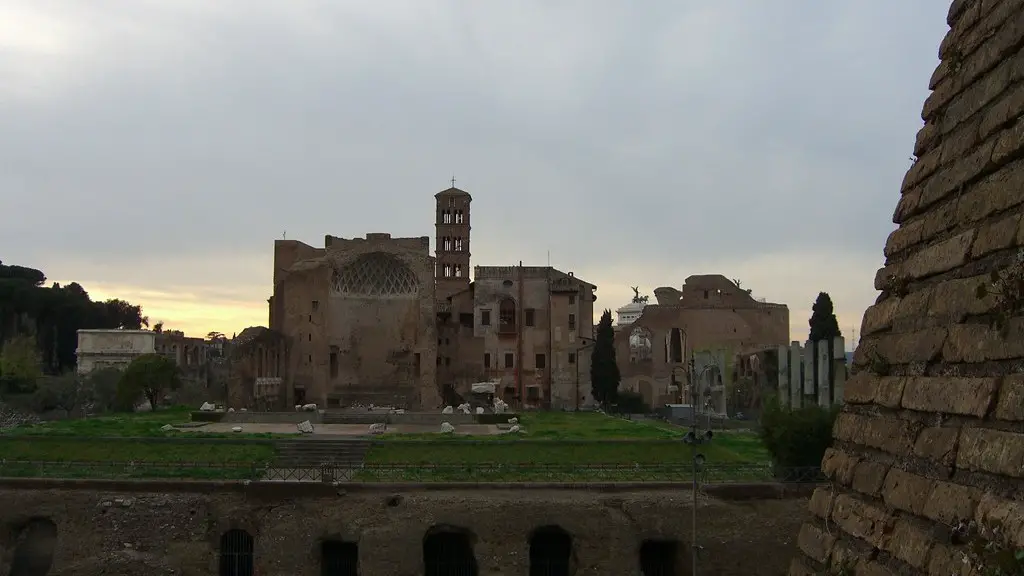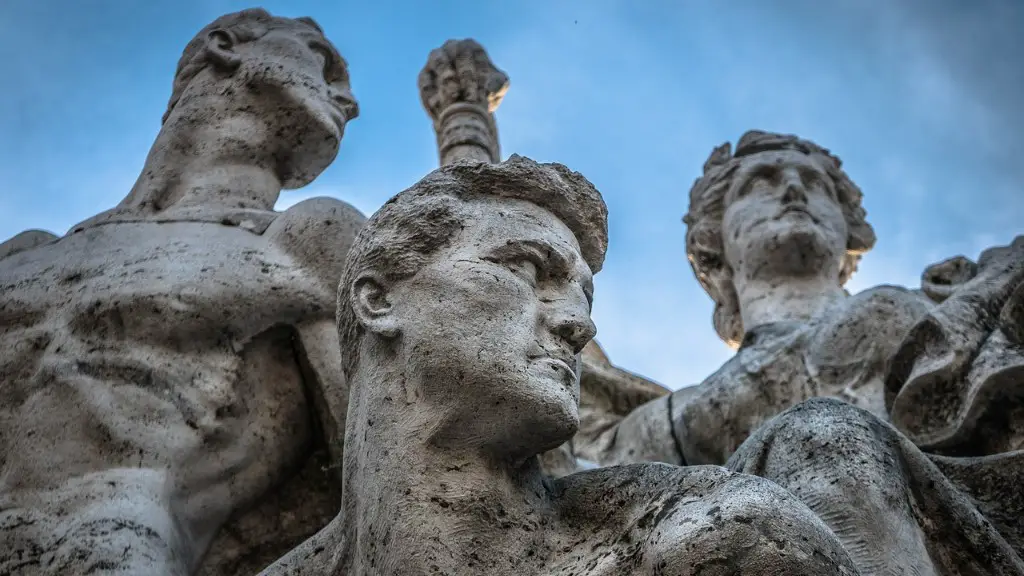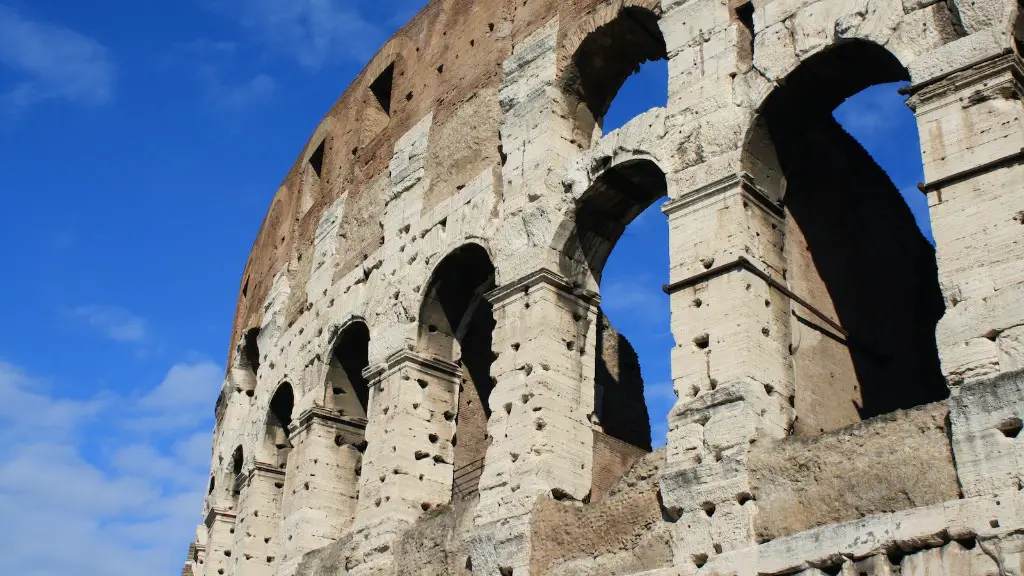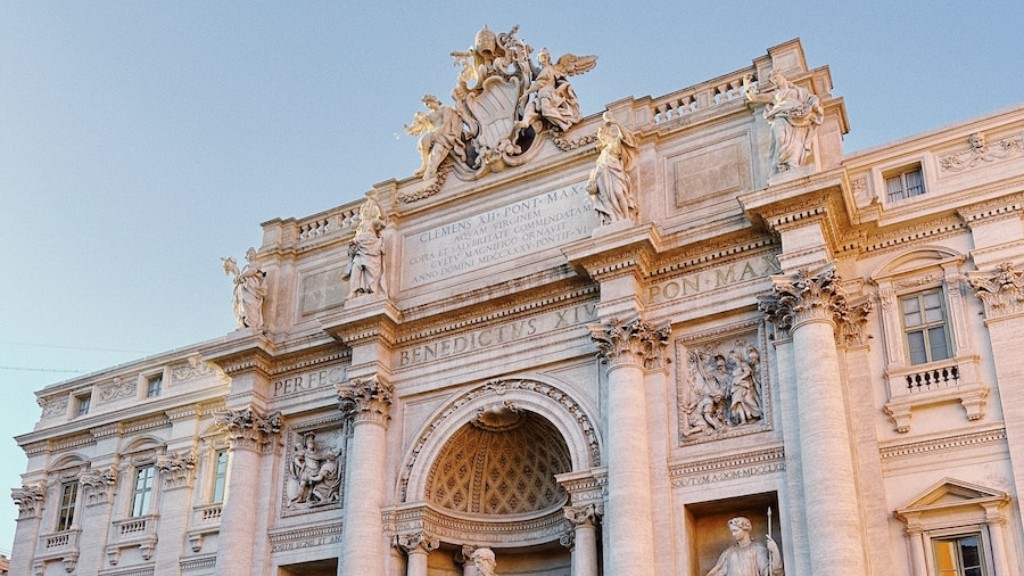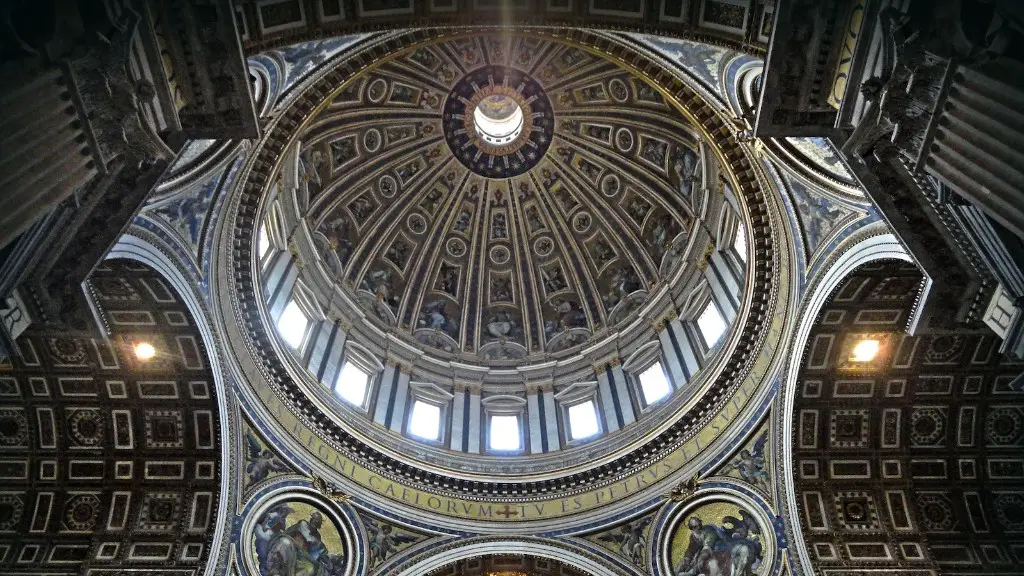There are many similarities between ancient Egypt and ancient Rome. Both were great civilizations with their own distinct cultures. Both had powerful militaries and political systems. Both had grand architecture and art. And both had a profound impact on the world that continues to be felt today. In many ways, these two empires were the preeminent powers of their time.
There are several similarities between ancient Egyptian and Roman cultures. For example, both cultures believed in a pantheon of gods and goddesses who ruled over various aspects of human life. Both cultures also placed a great deal of importance on the family unit, with children being seen as a blessing from the gods. Furthermore, both civilizations were based around great cities, with Rome being home to the famous Seven Hills and Egypt featuring Thebes, the city of the Pharaohs. Finally, both cultures were renowned for their great engineering feats, such as the construction of the pyramids in Egypt and the aqueducts in Rome.
Egypt became an important province of Rome due to its fertile land and its strategic location. For centuries, Egypt supplied Rome with a great deal of grain and other resources. When Rome split in the 4th century, Egypt became part of the Eastern Roman Empire. Although Egypt was not as prosperous as it once was, it still remained an important part of the empire.
Egypt was a key province of the Roman Empire, and was especially important for its grain production. The Romans had a profound impact on Egyptian society, though much of the native culture remained intact. Christianity began to spread in Egypt under Roman rule, and the Coptic Church later emerged as a major force in the country.
However, in the latter part of the Roman Empire, Egypt was increasingly plagued by internal strife and external threats. The province was lost to the Sasanian Empire in the 7th century AD, and then fell to the Arab Rashidun Caliphate in the 640s.
What are the similarities and differences between ancient Rome and Ancient Greece
Greece and Rome are two Mediterranean countries that are similar enough in latitude to grow wine and olives. However, their terrains are quite different. The ancient Greek city-states were separated from each other by hilly countryside and all were near the water. Rome, on the other hand, was landlocked. This difference in terrain led to different styles of architecture and different ways of life for the people of these two countries.
Ancient Egypt is one of the oldest civilizations in the world. It began around 3,000 BCE and continued until the Roman conquest of the Ptolemaic Kingdom in 30 BCE. Ancient Egypt was a major cultural and political force in the Mediterranean region for centuries. It is best known for its pyramids, temples, art, and its unique form of hieroglyphic writing.
What did Egypt and Rome have in common?
There are many similarities between Ancient Egypt and Ancient Rome, including their use of feet and walking sticks, their use of chariots and litters, and their use of funeral boats. However, there are also some notable differences, such as the fact that Ancient Rome used boats more extensively than Ancient Egypt.
The conquest of Egypt by the Roman empire inaugurated a new era of fascination with its ancient culture. Obelisks and Egyptian-style architecture and sculpture were installed in Roman fora, and the cult of Isis, the Egyptian mother goddess, had an immense impact throughout the empire. This new interest in all things Egyptian led to a revival of interest in Egyptian culture and history, which has continued to the present day.
Did the Romans and Egyptians fight?
The Battle of the Nile was one of the most important battles in the history of the world. It saw the combined Roman–Egyptian armies of Julius Caesar and Cleopatra VII defeat the forces of the rival Queen Arsinoe IV and King Ptolemy XIII. This victory allowed Cleopatra to secure the throne of Egypt and establish the Ptolemaic Kingdom as one of the great powers of the ancient world.
The Roman Empire conquered and annexed Egypt in 30 BCE after the civil war amongst the Ptolemies and the death of Cleopatra, the last reigning ruler of Ptolemaic Egypt. The annexed Egypt became a province of the Roman Empire.
What did the Romans think of Egypt
The ancient Greeks and Romans were fascinated by Egypt and all it had to offer. They were intrigued by the physical features of the land, the people, the monuments, and the traditions. They found Egypt to be a very intriguing and captivating world.
The Roman and Greek Empires are very similar. They were both city-states, had a form of democracy, and had very similar gods. Both also affected the Mediterranean area greatly. The main difference between the two is that the Roman Empire was more centralized and had a more professional army, while the Greek Empire was more decentralized and relied more on citizen-soldiers.
What were the similarities and differences between the Roman Republic and Roman Empire?
The main difference between the Roman Republic and the Roman Empire was that the former was a democratic society and the latter was run by only one man. Also, the Roman Republic was in an almost constant state of war, whereas the Roman Empire’s first 200 years were relatively peaceful.
It is interesting to note that the religion of both the ancient Greeks and Romans were polytheistic, with many gods. However, both groups focused on a finite and homogenous group of deities, who were worshipped through prayer, animal sacrifice, and festivals. This common focus on a specific group of gods may have been a result of the similar cultures and lifestyles of these two groups.
What religion did Roman Egypt have
Roman Egypt was a religiously diverse and dynamic society, with a mix of Greek, Roman, and Egyptian deities and cults Syncretism was a common feature of religion in Roman Egypt, with many people adopting elements from multiple traditions. This religious diversity and dynamism was reflected in the architecture of religious temples, which were often built to accommodate multiple cults.
Many of the most popular temples in Roman Egypt were devoted to a mixture of Egyptian, Roman, and Greek deities, such as the Serapis, Isis, and Harpocrates. This syncretism between religions was also reflected in the art and iconography of these temples, which often combined elements from multiple traditions.
Syncretism was not only commonplace, but also encouraged by the Roman government, which saw it as a way to maintain social stability. This toleration of religious diversity helped to create a vibrant and cosmopolitan religious culture in Roman Egypt.
The Egyptians and the Sumerians were two of the most powerful empires in the ancient world. They were both located in the Fertile Crescent, a region of the world that was extremely rich in resources. The Egyptians and the Sumerians were able to trade with each other because they were located close to each other and because they had shared waterways. The Egyptians traded gold, papyrus, linen, and grain for cedar wood, ebony, copper, iron, ivory, and lapis lazuli. The lapis lazuli was a particularly valuable commodity because it was so rare. The Egyptians and the Sumerians were able to trade with each other because they had a shared understanding of the value of each commodity.
In what way were ancient Egyptian Hellenistic and Roman civilizations similar?
Each of these ancient civilizations extended its control over other people through conquest and by establishing colonies. In doing so, they became some of the most powerful empires of their time. They also shared some other similarities, such as a belief in polytheistic religions and a reliance on slave labor.
The Romans were fascinated by ancient Egyptian culture and this is reflected in their architecture. One example of this is the use of obelisks. Obelisks were originally used in ancient Egypt to mark the entrance to temples and other important buildings. However, the Romans adopted them and used them to decorate their own buildings. This showed their interest in and appreciation for Egyptian culture.
Final Words
Answer: There are many similarities between ancient Egypt and ancient Rome. Both cultures were based on agriculture, and both had complex political systems with a strong central government. Both cultures also placed a great emphasis on religion, and both had elaborate burial practices.
In conclusion, ancient Egypt and ancient Rome were two great empires with many similarities. They were both powerful empires with a long history. They both had a strong military and a rich culture. They were both ruled by a monarchy and had a complex social hierarchy. They were both surrounded by hostile neighbors and had to fight many wars.
